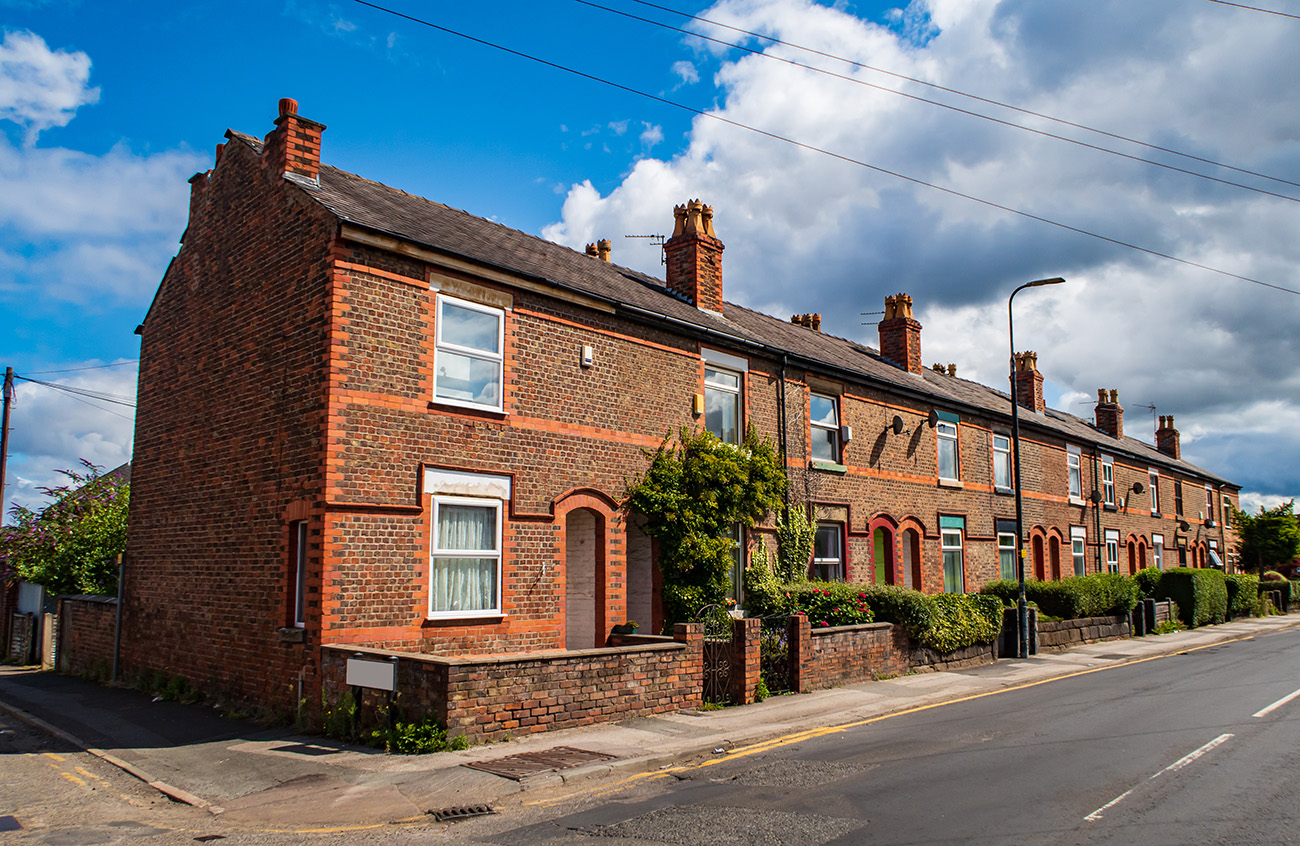The Retrofit Assessor Standard: A step in the right direction, but does it go too far?
The British Standards Institute (BSI) has released a public consultation on ‘BS 40104 Retrofit assessment for domestic dwellings – Code of practice’, otherwise known as the Retrofit Assessor Standard. The consultation seeks views and feedback on the new Standard, which aims to provide a standardised framework of the method of retrofit assessment.

What Does the Consultation Cover?
The new Retrofit Assessor Standard provides the processes and recommendations for retrofit assessments based on a whole-dwelling approach, covering the following areas in detail:
- Context assessment (process and output)
- On-Site assessment (condition assessment, ventilation assessment, occupancy assessment, energy performance assessment, site specific context assessment, significance assessment)
- Reporting and lodgement
- Competencies.
The Standard is intended for use by assessors, building surveyors, designers, coordinators of retrofit programmes and other professionals to assess dwellings prior to retrofit.
The Standard is designed to supersede clauses 7.3 and 7.4 of PAS 2035:2023.

Why Is This Consultation Important?
While the new Retrofit Assessor Standard is still some way from being adopted, the UK faces a crucial challenge.
Currently, domestic properties consume around 35% of all the energy generated in the UK and are responsible for 20% of all carbon dioxide emissions. To reach net zero carbon emissions by 2050, it has been estimated that we need to improve approximately 29 million homes.
The risks of not improving these homes include increasing levels of fuel poverty and more deaths related to cold conditions and poor quality homes.
Once introduced, BS 40104 will provide a standardised Retrofit Assessment. This will allow for each home assessed to be improved in the most cost effective and beneficial way, for both the occupier and the building.
Key Insights/Changes:
There are a number of key areas within the Retrofit Assessor Standard that Retrofit Assessors will need to be aware of. These include:
4.2: On-site assessment – The standard kit for assessments has been expanded to include the following:
- Electronic Moisture Meter.
- Hygrometer (air humidity).
- Vane anemometer with hood.
5.1.1: Overview – Includes the following new areas for Retrofit Assessors to take note of:
- C: Identify any relevant health and safety concerns to be aware of during a site visit and potential constraints that might impact retrofit design choices.
- D: Predict, where data is available, future climate change related hazards, for example overheating, flooding, subsidence.
5.1.3: Historical insight – Includes a review of past historic use of the site/property, for example whether it has always been a domestic property or whether anything in its past use might require decontamination. The assessor should also identify and record if an existing EPC certificate has been undertaken.
5.1.4: Ground conditions and topography – the assessor should identify and record whether access to the site is sufficient for deliveries, equipment and heavy machinery, whether there is adequate space for high-level works and whether ground levels are high or raised.
5.1.5: Local factors, exposure and shelter – identify the proximity to other structures and building services and procure or produce a site plan to provide detailed information.
6.2.1: Ventilation assessment – The assessor should observe, measure and record the airflows through any openings served by mechanical fans.
6.3: Occupancy assessment – The occupancy assessment is a full assessment, with no basic option. The assessment requires additional checks to be completed by the Retrofit Assessor on the satisfaction and wellbeing of the homeowner/tenant.
Annex A (informative) Condition – Includes an extensive list of condition factors to consider.
Annex B (informative) Data collection – Contains detailed sample collection sheets.
Annex C (normative) Competence framework – Details list of competencies to fulfil defined roles. Retrofit Assessors may need to undergo upskill training in areas such as ventilation testing and ground conditions.
Annex D (informative) Learning, skills development, and qualifications – Provides guidance on CPD management for the Retrofit Assessor.
Elmhurst Thoughts:
Elmhurst welcomes the public consultation on BS 40104 Retrofit assessment for domestic dwellings. Once implemented, the Standard will establish a uniform framework for professionals in the industry to conduct retrofit assessments. This, in turn, will enhance the consistency and quality of assessments across the board, benefitting both the industry and consumer.
The new Standard also directly relates to and impacts all accreditation schemes and software providers, who must ensure that the relevant software can accommodate the necessary inputs and produce the corresponding outputs as detailed.
There are some elements of the Retrofit Assessor Standard that appear challenging at this time. Elmhurst expects the Standard to significantly increase the time required to complete an assessment. We will examine these areas in more detail and provide comprehensive feedback where and if needed.
One area which we do want to highlight is the Occupancy Assessment. The current version in PAS 2035 is simplistic and does not offer much additional value to the process. Inversely, Elmhurst offer a full Occupancy Assessment, linked to RdSAP, that produces a calculated set of outputs for the running costs and the potential savings of each measure. This, we feel, is vital to a successful retrofit assessment and is widely used by members. It is therefore great to see that the new Retrofit Standard is looking to promote an enhanced Occupancy Assessment. However, we are concerned that the data set is different to Appendix V and may break the link to RdSAP. In this case, we would welcome the ability to utilise either standard.
The public consultation allows an opportunity for all interested stakeholders to comment and influence the Retrofit Assessor Standard prior to its publication and eventual adoption. We therefore recommend for all Retrofit Assessors to read the Standard and respond to the consultation with thoughts and feedback.
Elmhurst will draft a consultation response in due time and share with Elmhurst members.
How Can You View And Respond to the Consultation?
To view and respond to the consultation, please use the following link: https://standardsdevelopment.bsigroup.com/projects/2022-00570#/section
Please note that you will need to login or register for free on the BSI website to view and respond to the public consultation.
The consultation closes for public comment on 22nd September 2024.
